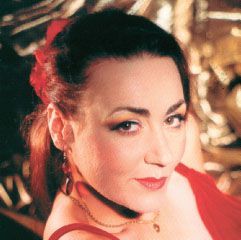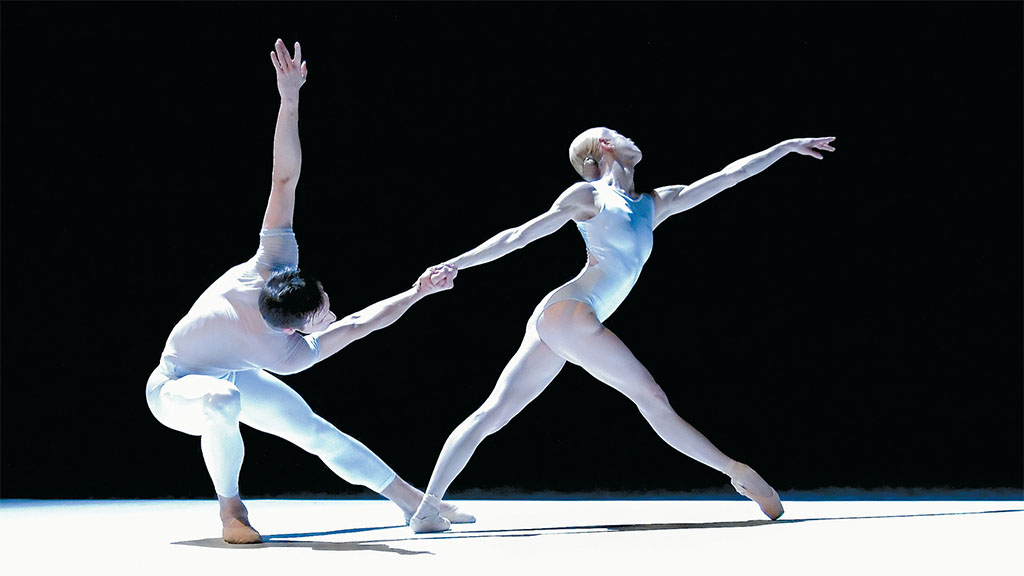
[caption id="TheBalletaPiccadillyHideoutandGiro_img1" align="aligncenter" width="241"]

Sometimes, to see everything you want to in London, you have to get lateral. Those glamorous town houses in the center of town, for example, with their amazing porticos, secluded, leafy squares and enticing bay windows affording glimpses of painted ceilings and many-branched chandeliers, and which too often come complete with very-closed front doors. Take the Royal Society, founded in 1660 by, among others, Sir Christopher Wren and Robert Hooke. Carlton House, the society’s John Nash-built, white stucco headquarters, dating from 1827, ticks all the boxes of a building you’d want to see inside. It also looks shut to anyone not sporting a white lab coat and double Ph.D. But then I discovered their Public Lectures program. Not only do you get a talk—often free—by a leading academic on something really interesting, but you get to see inside of this exceptional building at the same time.
ROYAL SOCIETY
‘You get to see inside this exceptional building’
As I climbed the marble staircase to the society’s first-floor library to hear former Astronomer Royal Sir Arnold Wolfendale, FRS, speaking on the history of the post, I couldn’t help thinking of some of the previous inhabitants of what were originally four grand town houses. Lords and marquises, knights and dukes all climbed these stairs before me.
Lasting just an hour, the talk was fascinating, accessible and entertaining—a great way to spend a lunchtime; and I was able to admire the ranks of leather-bound volumes, amazing marquetry doors and marble stairways on the way in.
On the way out, I paid a visit to Giro the Nazi Dog, one of London’s oddest memorials. Just before things went very wrong between Britain and Germany in the 1930s, one Dr. Leopold von Hoesch was the German ambassador, based at Number 9, Carlton Terrace. He died in office, and the society has a peculiar photograph of his coffin, borne by Grenadier Guards, being Nazi-saluted by the embassy staff. The Nazis are long gone, but the tombstone of Giro, von Hoesch’s faithful German Shepherd dog, still describing the mutt as ein treuer Begleiter—a true companion—remains, in a gap between the Duke of York Steps and a garage ramp.
GIRO THE NAZI DOG
‘One of London’s oddest memorials’
I’m always on the lookout for places to meet up with pals before or after going to events. Preferably they should have somewhere to sit, a view and not cost the earth, though it’s rare to find anywhere in the center of town that measures up to all three. Water-stones at Piccadilly has a little-known café on the fifth floor. The view’s pretty good—across the Westminster rooftops—there are usually seats to be found, and, of course, Waterstones being a bookstore, I’m never short of something to read if someone’s late. It’s simple fare—nibbles, poached salmon or a plate of mezze, though I confess I went even simpler, with a big chunk of chocolate cake. It’s also handy to remember it as somewhere to meet in the evening before, say, a visit to the theater, and it’s free to get into—unlike the new rooftop bar at the Trafalgar Hotel in Trafalgar Square where they charge a fiver just to get in. I don’t hold with paying to walk into a place, so I prefer the rooftop restaurant at the National Portrait Gallery, where the views are just as good. Check for opening hours, though—they can be a bit erratic.
The most obvious way to poke around places you’re not really supposed to be is the annual London Open House Weekend, though it comes with a caveat. I have been attending the festival for years, and although it’s a must for architecture fanatics, it’s harder than it first seems from the glossy brochure. Quite apart from it being the weekend when all of London’s public transport always seems to come to a grinding standstill, no matter how organized I’ve been, I always manage to turn up for things before or after they open, fail to get a ticket or simply turn up on the wrong day. It’s a great idea in principle, not least because everything’s free, but it needs planning with military precision. Out of the five buildings I’d earmarked to see, I managed just one, but that one was a doozy.
WATERSTONES
‘A little known café on the fifth floor’
Early 18th-century Marlborough House lies just round the back of Pall Mall, a stone’s throw from Carlton Terrace. It’s not actually on Pall Mall because the Duchess of Marlborough was too stingy to buy the plot of land immediately adjacent to the road, and believed she’d get all the benefits without paying for them. She did, for a while, until she fell out with Prime Minister Robert Walpole, who wreaked revenge by building an apartment block in her front garden. It’s currently the home of the Commonwealth Secretariat, and its sumptuous rooms, filled with priceless paintings and incredible painted ceilings, are usually only seen by heads of state and their representatives. In the largest room, an enormous oval table is permanently set with a place for every Commonwealth country, marked by its respective flag. Outside, generous gardens spill over onto the Mall—no problem for the Queen since it’s been owned by the Crown since the early 19th century and lived in by various monarchs, including Edward VII, George V and their wives, both of whom lived there until their deaths.
[caption id="TheBalletaPiccadillyHideoutandGiro_img2" align="aligncenter" width="1024"]

PATRICK BALDWIN/THE ROYAL BALLET
I’ve been very keen to see the newly restored Royal Festival Hall on the South Bank, but I wanted to go for a concert visit rather than trail round as a tourist. So I was absolutely delighted when English National Ballet brought its three-parter A Million Kisses to My Skin, Resolution and the classic Études to London. This particular program is what I’d call ballet for nonballet lovers. Not only is each segment short enough that if you hate it you don’t have too long to wait for the next bit, they’re all so different that there’s bound to be something for most people. Ranging from the experimental Million Kisses through the starkly beautiful Resolution, with its startling jewel-colors and evocative lighting, through to my particular favorite, Études, which is every little girl’s “fantasy ballet” (complete with white tutus, diamante tiaras and pointe work, based on the famous series of paintings by Degas), it’s an evening that is both magical and stimulating. The ballet comes to London on a regular basis with a rolling repertoire, and I’m looking forward to its new production of The Nutcracker, though the triple bill remains on the roster and will be part of the program when the ballet visits Houston next spring as part of the Dance Salad event.
ENGLISH NATIONAL BALLET
‘Every little girl’s fantasy ballet’
To the untrained eye, the Royal Festival Hall itself doesn’t look an awful lot different from before. This is because it’s been restored and updated with the original 1951 modernist design in mind. The abstract wall hangings have been cleaned and re-hung and the original paintwork and geometric carpets faithfully reproduced, to the great delight of modern architecture critics. It may not look different—but don’t be deceived. The acoustics, which had been the bane of many a musician’s life since the building’s opening, have been upgraded to concert perfection. The stage is larger and more versatile, and even the original seats have been enhanced to be “more acoustically appropriate.” I don’t really know what that last one means, but I can assure you they’re very comfy.
Next month I’ll be descending into London’s Roman past, ascending to Soho’s French connection and trying to stay on level ground investigating the graves of Southwark’s “Winchester Geese…”
THIS MONTH’S CONTACTS
THE ROYAL SOCIETY— www.royalsociety.org
FIFTH VIEW CAFÉ — Waterstones, 203-206 Piccadilly, London, W1J 9LE
LONDON OPEN HOUSE WEEKEND—
www.openhouse.org.uk
ROYAL FESTIVAL HALL— www.southbankcenter.co.uk
ENGLISH NATIONAL BALLET— www.ballet.org.uk
NATIONAL PORTRAIT GALLERY RESTAURANT—
www.npg.org.uk
DANCE SALAD— www.dancesalad.org





Comments